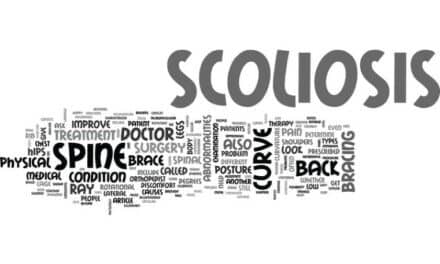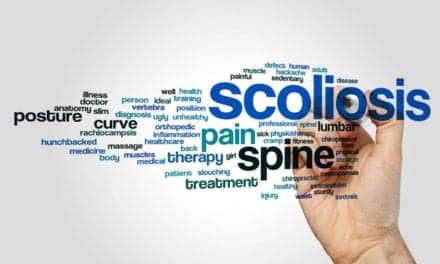A pediatric researcher at Children’s Hospital of Philadelphia (CHOP), has identified patterns of spinal curvature in younger children that may be likely to develop into scoliosis by adolescence.
Her study appears in Nature Scientific Reports.
Accurately predicting scoliosis, a common, abnormal curvature of the spine, may set the stage for the first-ever methods to prevent the potentially disabling condition, a media release from CHOP notes.
In the study, Pasha–director of Orthopaedic Engineering and 3D Musculoskeletal Imaging at Children’s Hospital of Philadelphia–used computer simulations to investigate how elastic rods, modeling children’s spines, change shape in response to mechanical loading. She borrowed the concept from other researchers who simulate how DNA molecules and proteins change their structure in response to a variety of factors.
Pasha drew on spinal X-rays of 129 adolescents with or without scoliosis. Computer analysis transformed those images into 2-dimensional (2D) patterns, designated sagittal spinal profiles. She used those patterns to create S-shaped elastic rods in the computer simulation and applied simulated mechanical forces to observe how those rods deformed in 3-dimensional (3D) shapes. The results were intriguing.
Under this simulated mechanical force, S-shaped 2D patterns in the model deformed into the 3D patterns seen in scoliosis patients with the same sagittal curve. However, the rods in the model that represented the sagittal curves of patients without scoliosis did not twist into a 3D scoliosis-like deformation. This model provides strong evidence, Pasha suggests, that the shape of a person’s sagittal profile can be a leading cause of scoliosis.
Much research remains to be done to determine whether the spinal shapes seen in images from younger patients can be developed into a risk-assessment tool to predict whether a 10-year-old is likely to develop scoliosis during their teenage years, Pasha shares.
However, if follow-up studies verify that imaging studies can identify patients at risk for later scoliosis, these studies may allow clinicians to develop strategies to prevent a condition for which no preventive measures now exist.
The current treatment for patients with severe scoliosis is to custom design a rigid spinal brace, with surgery as another option at a young age. It may be possible, Pasha concludes in the release, that wearing a brace at a younger age may prevent scoliosis from developing.
Source(s): Children’s Hospital of Philadelphia, Newswise]





